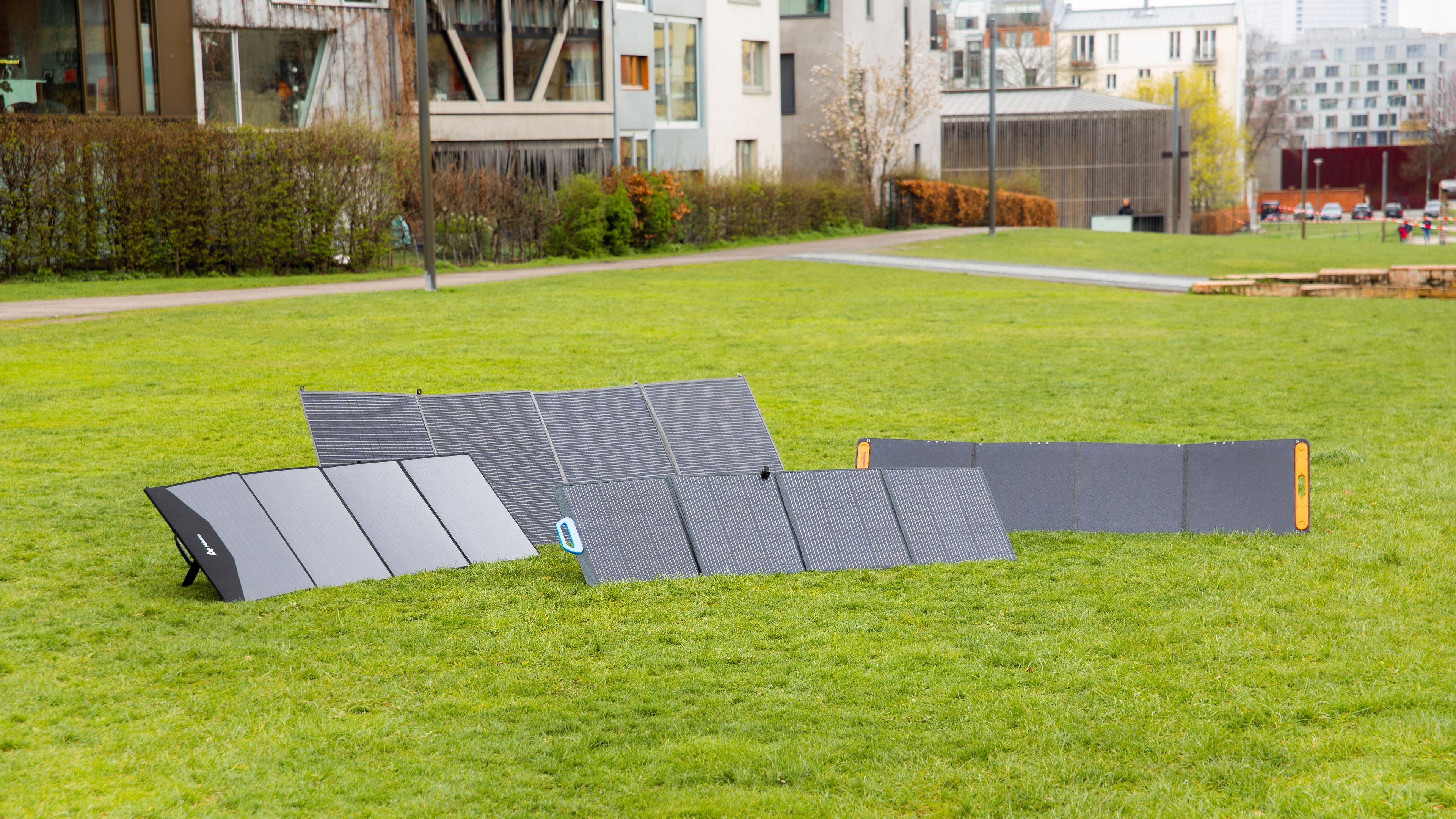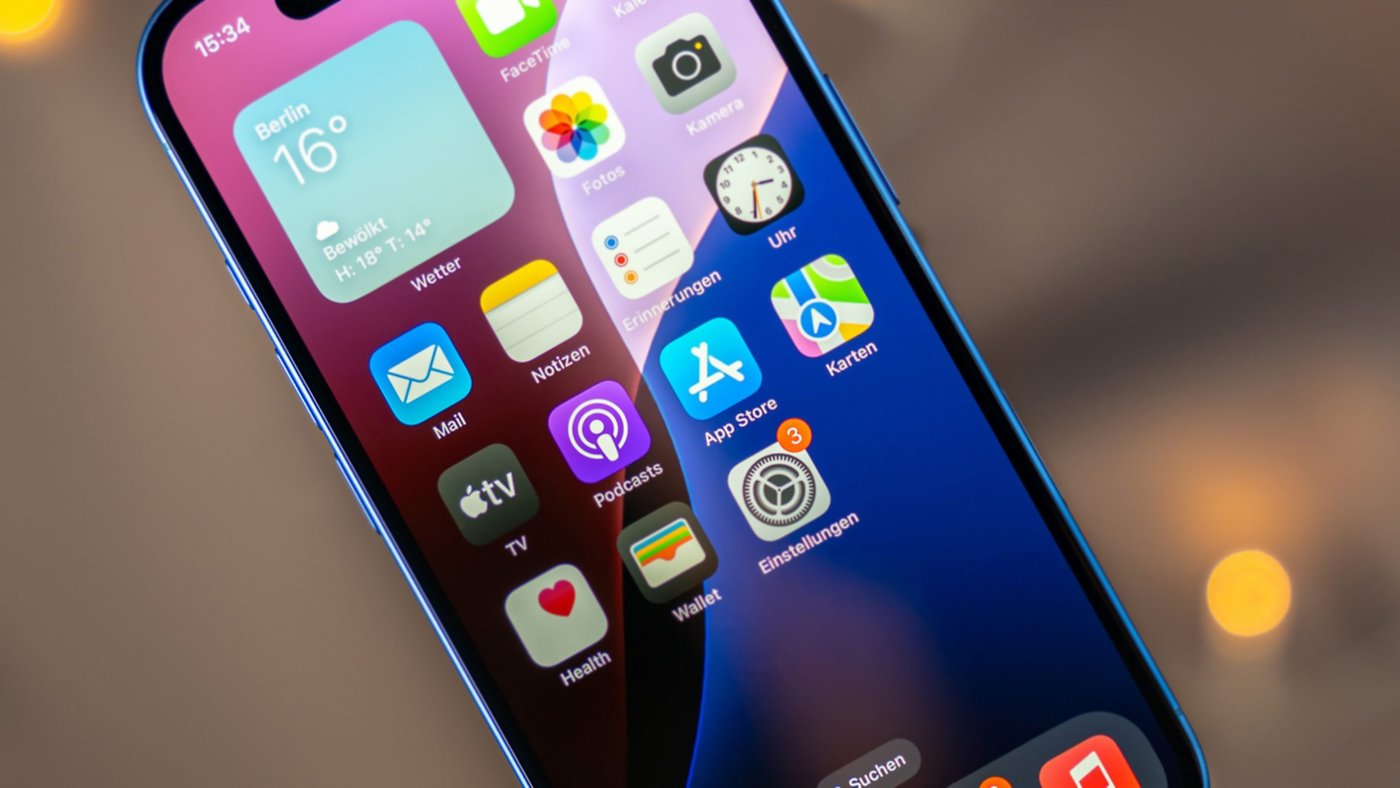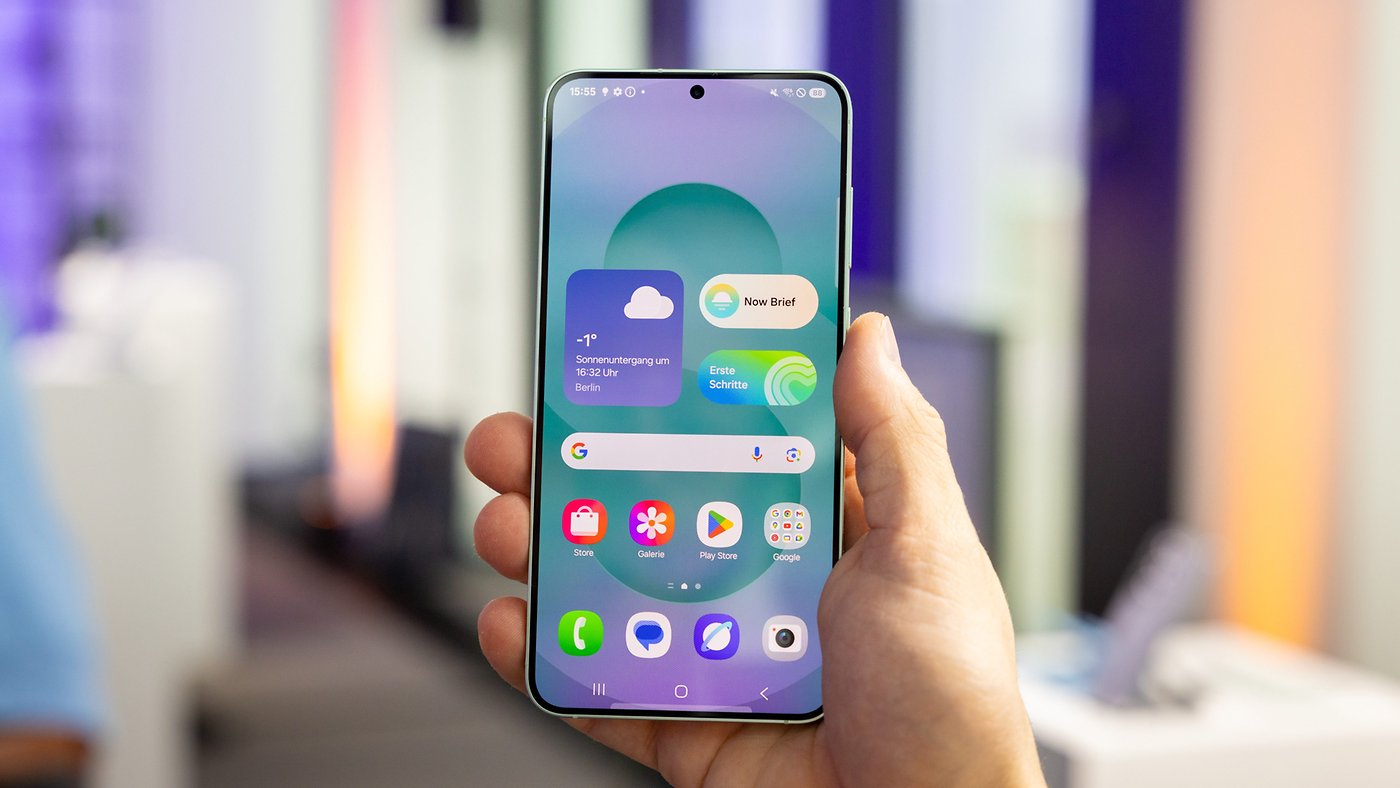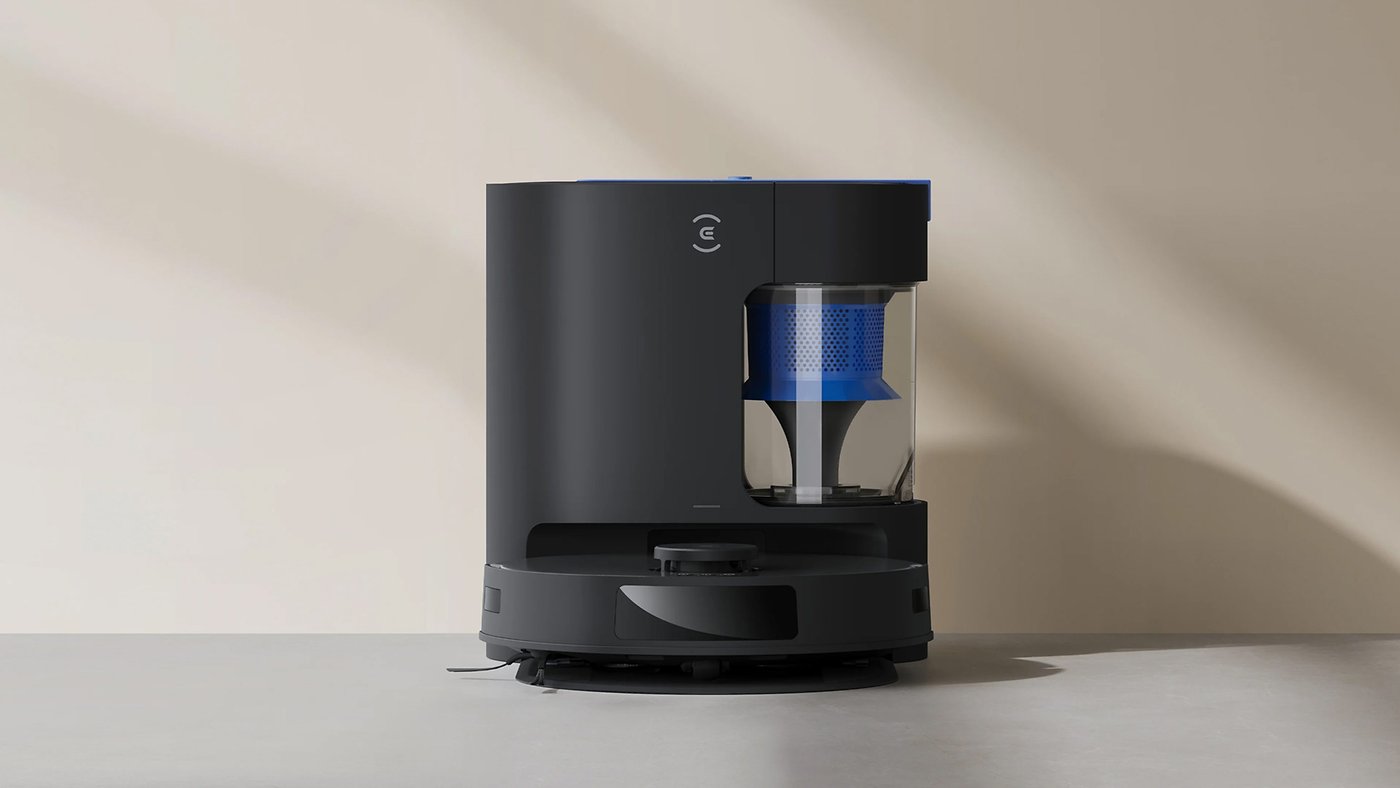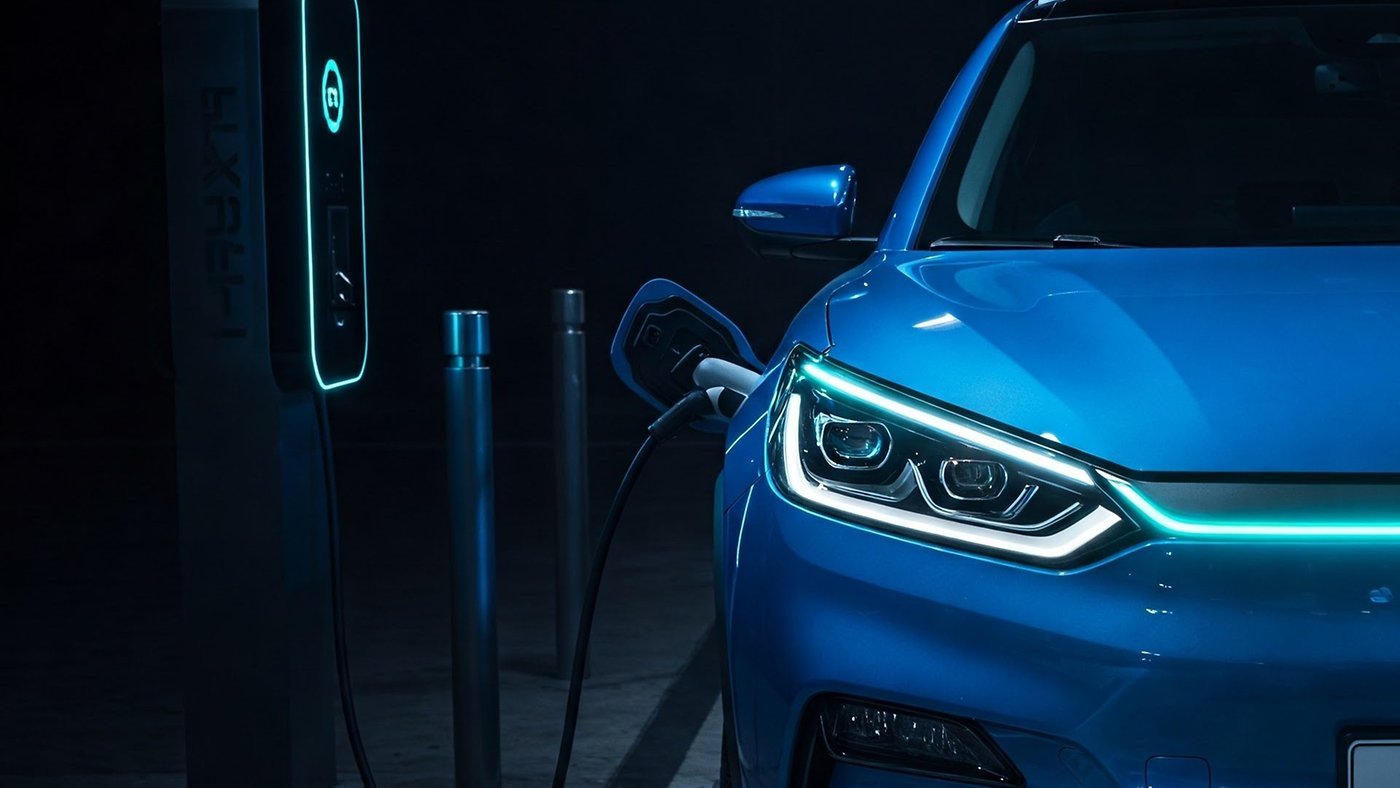
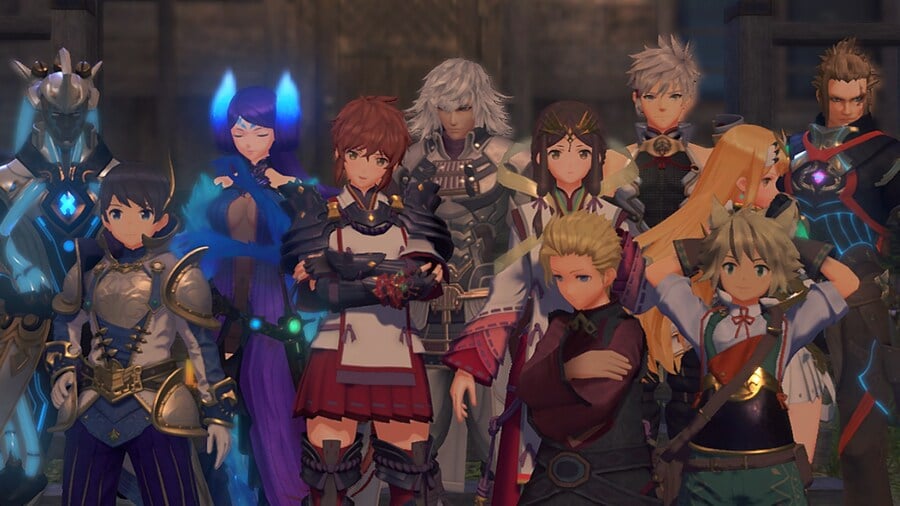
Soapbox features enable our individual writers and contributors to voice their opinions on hot topics and random stuff they’ve been chewing over.
Today, Alana proclaims that Xenoblade Chronicles 2 has one of the best pieces of DLC ever in Torna – The Golden Country, and ponders what that could mean for Xenoblade Chronicles 3: Future Redeemed. Beware of XC2 spoilers…
We’re sitting on the cusp of Xenoblade Chronicles 3: Future Redeemed, the story DLC to last year’s Xenoblade Chronicles 3. I wasn’t expecting to be writing that in April, and it feels like we’re at a pretty momentous point in the Xenoblade series right now.
At this point, I feel pretty confident in saying that Xenoblade Chronicles 3 is my favourite entry, though that could change depending on Future Redeemed. But I don’t find myself poring over every single little detail from the third mainline game. Instead, Xenoblade Chronicles 2: Torna – The Golden Country, the series’ previous DLC storyline, is shining bright in my mind.
Torna – The Golden Country is brilliant. This prequel to Xenoblade Chronicles 2 is a sprawling, game-sized piece of story content that does way, way more than anyone expected. For a Xenoblade ‘game’, it’s a bite-sized slice of a delicious cake, a toe-dip in the ocean of Xenoblade, and a fantastic encapsulation of what a Xenoblade game is. I think it’s one of the best pieces of DLC ever created.
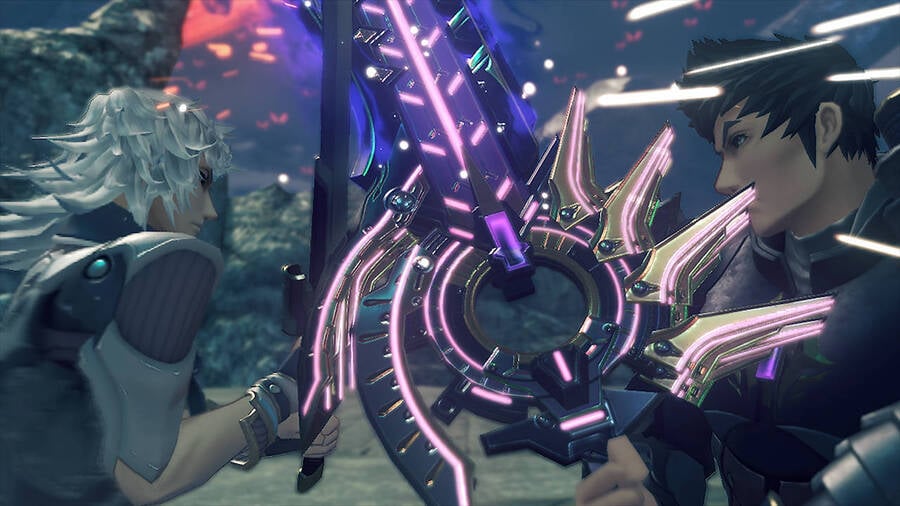
In the same vein as The Witcher 3’s Blood and Wine and Hearts of Stone, it actually feels a little bit unfair to call it DLC. At the bare minimum, it’s 15 hours long, though if you get sucked into the world — and it’s a Xenoblade game, so you will — you’ll likely spend about 25 hours there. Not a moment of the story is wasted, and Xenoblade Chronicles 2’s Blade-based battle system is simplified but also tweaked so it still has its own identity. Add in a new Titan in Torna itself, and plenty of familiar faces, and you have a “game” packed full of lore for series fans.
it’s a bite-sized slice of a delicious cake, a toe-dip in the ocean of Xenoblade, and a fantastic encapsulation of what a Xenoblade game is.
With Torna – The Golden Country, you already know what’s going to happen, at least if you’ve played the main game. The events of Torna are what sets the stage for Xenoblade Chronicles 2 — the sealing away of the Aegis, the destruction of the Tornan Titan, and the danger and power of Malos — so it’s not filling any necessary gaps. You’ve also heard about many of the characters you’ll get to control throughout the main story — Lora, Addam, and Hugo (not referred to by name in Xenoblade Chronicles 2’s main story). The true magic of this DLC is the emotional, human weight it serves up for those events of the past which help to elevate the main game.

Lora is one of the best protagonists in any RPG. She’s strong, kind, compassionate, and optimistic. Most importantly, she cares about people more than anything else. I loved Lora from what I saw of her in the base game, and she balances a soft seriousness with playfulness as she talks with Jin about their unusual fighting style – where the two swap between who wields Jin’s katana. She quotes Jin, cups his cheek, and when he removes her hand, she strolls ahead, swaying her arms, reminiscing about the day he saved her life.
I know I’m not making her sound spectacular or even unique; Lora embodies many traits that are atypical for an RPG protagonist, but it’s the contrast between her gentle side and the horrors of the Aegis War around her that makes her stand out, and her grounded personality makes her incredibly relatable.
The personal stories of these people and their worlds act as vessels for the grander narrative.
Lora is the core of Torna – The Golden Country. Even if it’s set during the Aegis War, this is about her story and her influence on the people around her during the war. Jin is one of the main antagonists of Xenoblade Chronicles 2, but we see moments of his pain and of his past throughout the game. He gets his redemption right at the end, and in Torna, we see a more ‘human’ side to the Blade. If you’ve played the main game, then you know what happens to Lora and what Jin does and becomes as a result, but to see the pair’s relationship blossom on screen is truly beautiful, and it makes those moments hit that much harder.
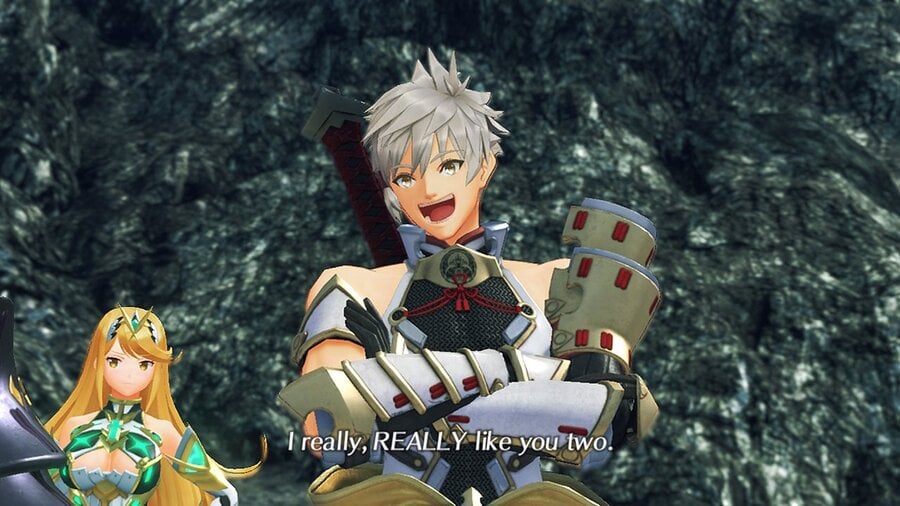
Both Addam and Hugo work perfectly with Lora, too. Addam has a peppy disposition and loves agriculture, despite being a prince, but he hides a heavy burden as the Driver of one of the most powerful blades in the world, Mythra. And Hugo, a young emperor of an entire nation, is a noble figure with an interest in machinery, but he too struggles with the weight of his people and the act of ruling. You can see just how Lora fits into this dynamic before the trio gets together.
Lora shapes all of these characters — Mythra, who is pretty different from her appearance in the base game, is a Blade who struggles with empathy, and Addam clearly is grappling with his inability to help. But as she watches Lora mourn for her mother, and she grows throughout the journey you can see how the Aegis War and the people, particularly Lora, changed her. Xenoblade Chronicles might always be about lofty, allegorical, philosophical questions, but the thing that carries those themes is the people. The personal stories of these people and their worlds act as vessels for the grander narrative.
Even when you know what’s happening, it’s hard not to choke up…
That’s especially true of Torna, which is driven by a lot of sidequests. Much to a lot of people’s chagrin, you can’t even beat the game unless you’ve done a certain number of sidequests to help build up your Community and repopulate the Royal Capital of Auresco. It’s not my favourite way of structuring things, and like lots of Xenoblade sidequests, they often just involve fetching items and killing monsters, but Torna – The Golden Country’s quests help familiarise you with the people of the Torna and Gormott Titans. Pretty much every sidequest has a purpose, and every NPC has a reason to join up with you, whether you’re fixing lamps in the city or collecting bugs for an enthusiastic child.

Soapbox features enable our individual writers and contributors to voice their opinions on hot topics and random stuff they’ve been chewing over.
Today, Alana proclaims that Xenoblade Chronicles 2 has one of the best pieces of DLC ever in Torna – The Golden Country, and ponders what that could mean for Xenoblade Chronicles 3: Future Redeemed. Beware of XC2 spoilers…
We’re sitting on the cusp of Xenoblade Chronicles 3: Future Redeemed, the story DLC to last year’s Xenoblade Chronicles 3. I wasn’t expecting to be writing that in April, and it feels like we’re at a pretty momentous point in the Xenoblade series right now.
At this point, I feel pretty confident in saying that Xenoblade Chronicles 3 is my favourite entry, though that could change depending on Future Redeemed. But I don’t find myself poring over every single little detail from the third mainline game. Instead, Xenoblade Chronicles 2: Torna – The Golden Country, the series’ previous DLC storyline, is shining bright in my mind.
Torna – The Golden Country is brilliant. This prequel to Xenoblade Chronicles 2 is a sprawling, game-sized piece of story content that does way, way more than anyone expected. For a Xenoblade ‘game’, it’s a bite-sized slice of a delicious cake, a toe-dip in the ocean of Xenoblade, and a fantastic encapsulation of what a Xenoblade game is. I think it’s one of the best pieces of DLC ever created.

In the same vein as The Witcher 3’s Blood and Wine and Hearts of Stone, it actually feels a little bit unfair to call it DLC. At the bare minimum, it’s 15 hours long, though if you get sucked into the world — and it’s a Xenoblade game, so you will — you’ll likely spend about 25 hours there. Not a moment of the story is wasted, and Xenoblade Chronicles 2’s Blade-based battle system is simplified but also tweaked so it still has its own identity. Add in a new Titan in Torna itself, and plenty of familiar faces, and you have a “game” packed full of lore for series fans.
it’s a bite-sized slice of a delicious cake, a toe-dip in the ocean of Xenoblade, and a fantastic encapsulation of what a Xenoblade game is.
With Torna – The Golden Country, you already know what’s going to happen, at least if you’ve played the main game. The events of Torna are what sets the stage for Xenoblade Chronicles 2 — the sealing away of the Aegis, the destruction of the Tornan Titan, and the danger and power of Malos — so it’s not filling any necessary gaps. You’ve also heard about many of the characters you’ll get to control throughout the main story — Lora, Addam, and Hugo (not referred to by name in Xenoblade Chronicles 2’s main story). The true magic of this DLC is the emotional, human weight it serves up for those events of the past which help to elevate the main game.

Lora is one of the best protagonists in any RPG. She’s strong, kind, compassionate, and optimistic. Most importantly, she cares about people more than anything else. I loved Lora from what I saw of her in the base game, and she balances a soft seriousness with playfulness as she talks with Jin about their unusual fighting style – where the two swap between who wields Jin’s katana. She quotes Jin, cups his cheek, and when he removes her hand, she strolls ahead, swaying her arms, reminiscing about the day he saved her life.
I know I’m not making her sound spectacular or even unique; Lora embodies many traits that are atypical for an RPG protagonist, but it’s the contrast between her gentle side and the horrors of the Aegis War around her that makes her stand out, and her grounded personality makes her incredibly relatable.
The personal stories of these people and their worlds act as vessels for the grander narrative.
Lora is the core of Torna – The Golden Country. Even if it’s set during the Aegis War, this is about her story and her influence on the people around her during the war. Jin is one of the main antagonists of Xenoblade Chronicles 2, but we see moments of his pain and of his past throughout the game. He gets his redemption right at the end, and in Torna, we see a more ‘human’ side to the Blade. If you’ve played the main game, then you know what happens to Lora and what Jin does and becomes as a result, but to see the pair’s relationship blossom on screen is truly beautiful, and it makes those moments hit that much harder.

Both Addam and Hugo work perfectly with Lora, too. Addam has a peppy disposition and loves agriculture, despite being a prince, but he hides a heavy burden as the Driver of one of the most powerful blades in the world, Mythra. And Hugo, a young emperor of an entire nation, is a noble figure with an interest in machinery, but he too struggles with the weight of his people and the act of ruling. You can see just how Lora fits into this dynamic before the trio gets together.
Lora shapes all of these characters — Mythra, who is pretty different from her appearance in the base game, is a Blade who struggles with empathy, and Addam clearly is grappling with his inability to help. But as she watches Lora mourn for her mother, and she grows throughout the journey you can see how the Aegis War and the people, particularly Lora, changed her. Xenoblade Chronicles might always be about lofty, allegorical, philosophical questions, but the thing that carries those themes is the people. The personal stories of these people and their worlds act as vessels for the grander narrative.
Even when you know what’s happening, it’s hard not to choke up…
That’s especially true of Torna, which is driven by a lot of sidequests. Much to a lot of people’s chagrin, you can’t even beat the game unless you’ve done a certain number of sidequests to help build up your Community and repopulate the Royal Capital of Auresco. It’s not my favourite way of structuring things, and like lots of Xenoblade sidequests, they often just involve fetching items and killing monsters, but Torna – The Golden Country’s quests help familiarise you with the people of the Torna and Gormott Titans. Pretty much every sidequest has a purpose, and every NPC has a reason to join up with you, whether you’re fixing lamps in the city or collecting bugs for an enthusiastic child.
One of the things that makes this feel way more manageable than the huge amount of quests in both Xenoblade Chronicles and the sequel is the size of the world. This is bite-sized Xenoblade, remember, which doesn’t mean it’s small, but it’s less overwhelming. You’ve only got access to two Titans – Gormott and Torna – and while the maps are still sprawling, the fact that one of those Titans is entirely new still makes it feel like a grand adventure. The mix of forests, savannah, and desert manages to feel pretty unique amidst all of Xenoblade Chronicles 2’s incredible environments.
The smaller scope of Torna – The Golden Country makes it less intimidating, then, and it’s no less ‘Xenoblade’ because of it. It’s a snapshot of what is a hugely ambitious series and game, making what often looks impenetrable or inaccessible a little bit easier to jump into. You don’t need to play Xenoblade Chronicles 2 to enjoy Torna – The Golden Country, either, even if I’d recommend it.
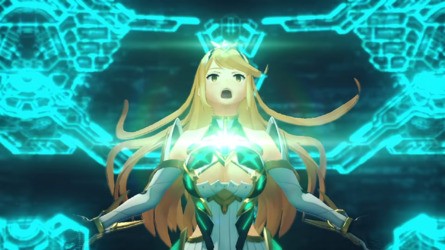
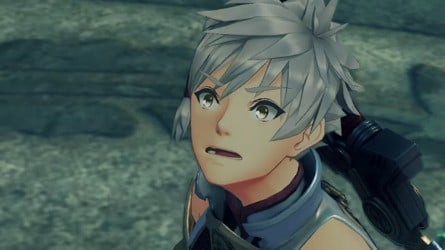
But its story, filled with humanity and poignancy, makes it a series highlight. Even when you know what’s happening, it’s hard not to choke up as you watch the Tornan Titan be torn asunder, or empathise with Jin as he loses what’s dearest to him. Torna – The Golden Country is an emotional thread weaved into Xenoblade Chronicles 2’s narrative and enhances the story of that game monumentally.
Those are pretty lofty shoes for Future Redeemed to fill, and there are a few more caveats with the third game’s prequel DLC. Future Redeemed has the potential to be brilliant. But aside from living up to Torna’s reputation, in the words of series creator Tetsuya Takahashi, Xenoblade Chronicles 3 “truly is the culmination” of everything that came before it. It’s a “stopping point”, and the “conclusion of the Xenoblade story that began with Klaus’s experiment”. That includes Future Redeemed.
But with Xenoblade Takahashi has completed his six
Even more than that, Future Redeemed is the sixth story to bear the Xenoblade Chronicles moniker (in the mainline series, anyway – I haven’t forgotten you Xenoblade Chronicles X). Takahashi also created Xenogears and the Xenosaga series, and both of those were envisioned to be six-part narratives – the former only got one, while the latter was cut short and condensed into three games. But with Xenoblade Takahashi has completed his six – Xenoblade Chronicles, Future Connected, Xenoblade Chronicles 2, Torna – The Golden Country, Xenoblade Chronicles 3, and Future Redeemed.
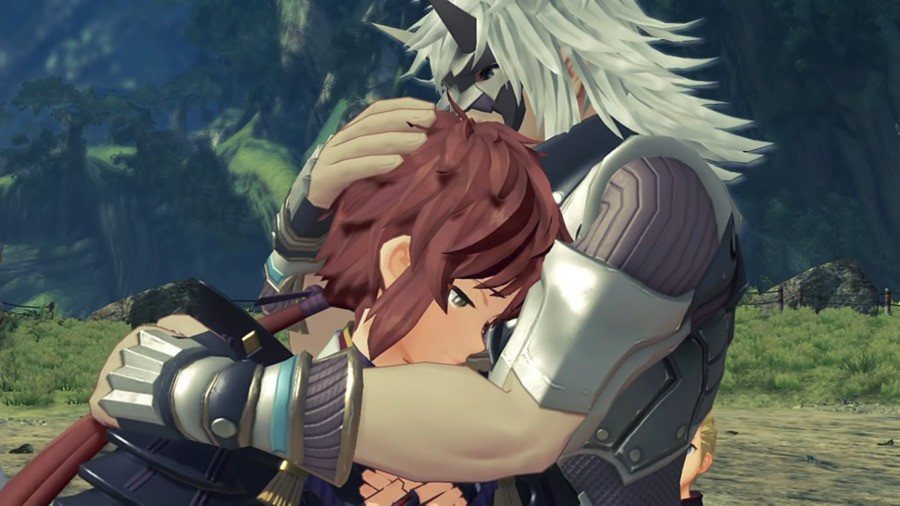
Future Redeemed can learn a lot of lessons from Torna – The Golden Country – okay, maybe not gating progression behind sidequests. Taking place pre-XC3 with a brand new protagonist, it’s billed as a “completely original story [that] tells a yet untold tale connecting all three of the main games in the Xenoblade Chronicles series,” so it may need to establish a few more things than Torna did.
As long as it focuses on the characters, their interactions, and the emotional and human core that makes the Xenoblade series tick for me, though, it could equally push Xenoblade Chronicles 3 to new heights.


